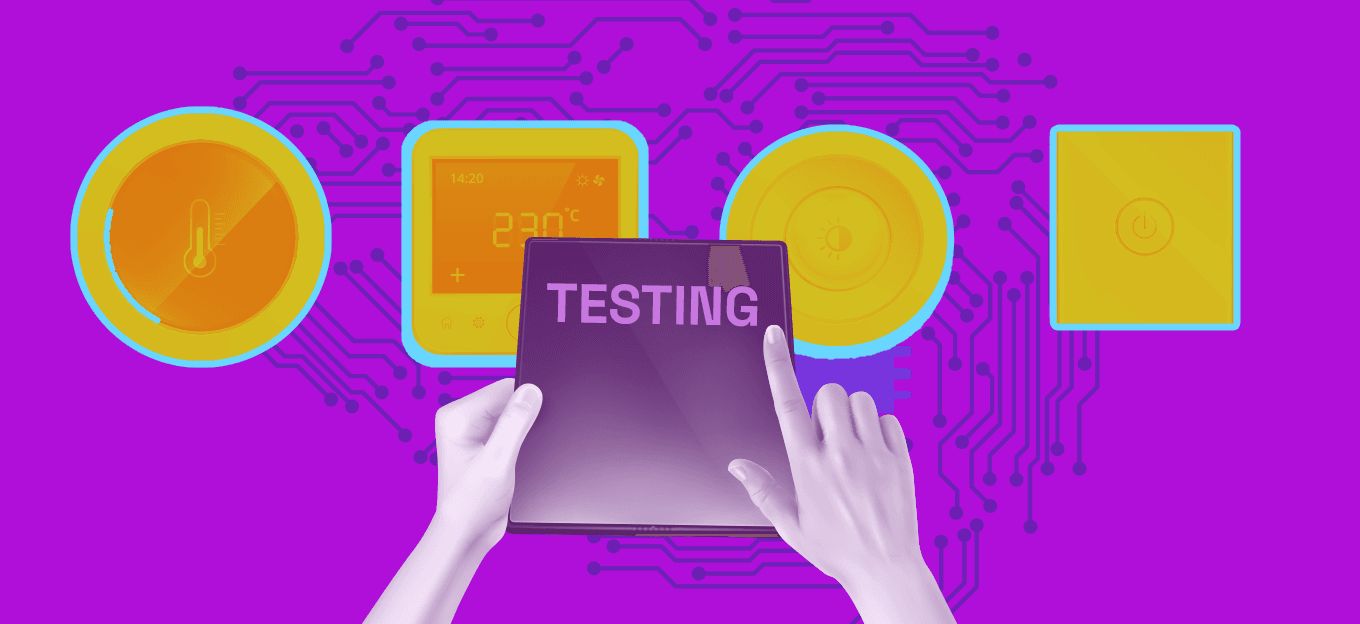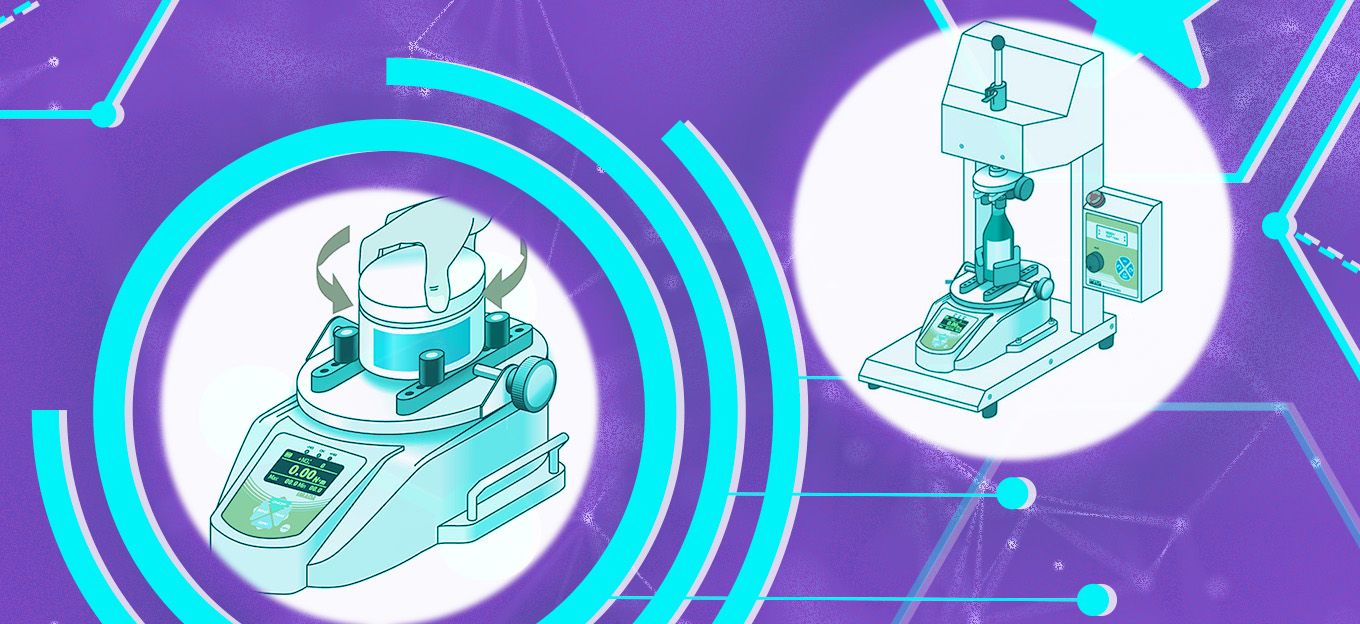Using Generative AI to Prepare IoT Devices for the Unexpected
Using Generative AI to Prepare IoT Devices for the Unexpected
- Last Updated: August 13, 2025
Gokul B. Naidu
- Last Updated: August 13, 2025



In today’s world, we are surrounded by smart devices. From home assistants to smartwatches, Internet of Things (IoT) devices are becoming increasingly common in daily life. These devices utilize sensors and software, collecting and exchanging data to make our lives easier and more comfortable. But testing these devices is not simple. Especially, testing edge cases is a big challenge.
What Are Edge Cases?
Edge cases are situations that are rare or extreme. For example, if a temperature sensor is designed to operate between 0 and 50 degrees Celsius, what will happen if the temperature suddenly rises to 70 degrees? Or what if the battery of the smartwatch goes from 90% to 0% in just 1 second? These unusual situations are referred to as edge cases. They do not happen often, but they can create big problems if the device is not ready for them.
Why Testing Edge Cases is Hard?
In real life, it is challenging to create such rare situations. Additionally, collecting sufficient data for these special cases is not straightforward. It requires time, money, and considerable manual effort. That is why these edge cases are often not tested properly. This can lead to device failure or unexpected behavior in the real world.
How Generative AI Can Help
Generative AI is a type of artificial intelligence that can create new data. For example, it can generate images, text, audio, and even sensor data. When we train generative AI using existing IoT data, it can learn the patterns and then create new data that looks like real data.
This is very useful for testing. We can ask generative AI to create data for edge cases. It can generate data indicating high temperatures, low battery levels, sensor malfunctions, network failures, or unusual user behavior. This way, we can test how the IoT device reacts to these situations.
Benefits of Using Generative AI for Edge Case Testing
- Saves Time and Money: No need to manually create edge cases. AI can create them in seconds.
- Better Coverage: AI can identify many edge cases that a human tester may overlook.
- Safe Testing: Some edge cases can be risky to test in real life (like overheating). AI-generated data allows testing without danger.
- Improves Quality: By testing more cases, we can make sure the device works better and is more reliable.
Example Use Case
Imagine a smart irrigation system used by farmers. This system turns on the water pump automatically when the soil becomes dry. Usually, it works fine with minor changes in soil moisture. But what if a sensor malfunctions and indicates the soil is dry when it is actually wet? Or if there is a sudden power cut and then the power returns with a voltage spike? These are rare cases. Using generative AI, we can create data for such conditions and check if the irrigation system behaves correctly or not. It helps avoid over-watering or device damage.
Steps to Use Generative AI for Edge Case Testing
- Collect Data: Gather normal working data from the IoT device.
- Train the AI Model: Use the data to train a generative AI model.
- Generate Edge Case Data: Ask the model to create unusual or extreme data.
- Test the Device: Use this data to test how the IoT device behaves.
- Improve the Device: Address any issues identified during testing.
Conclusion
IoT devices are very useful, but they must function reliably in all situations, including rare ones. Edge-case testing is important but challenging. With generative AI, we can easily create specialized data and test more cases. This will help make our smart devices smarter and more reliable. As technology advances, utilizing AI for testing will become increasingly common and necessary.
The Most Comprehensive IoT Newsletter for Enterprises
Showcasing the highest-quality content, resources, news, and insights from the world of the Internet of Things. Subscribe to remain informed and up-to-date.
New Podcast Episode

Moving Past the Pilot Phase in IoT and AI
Related Articles

